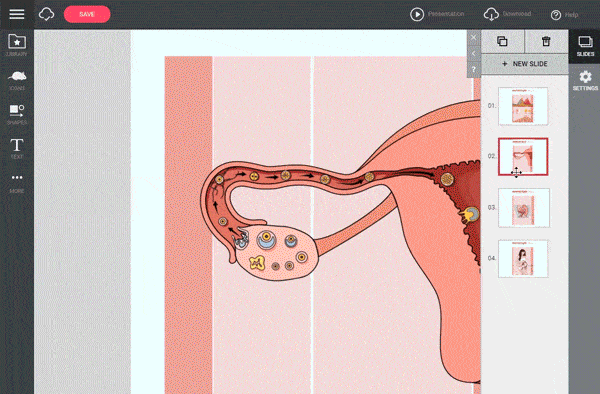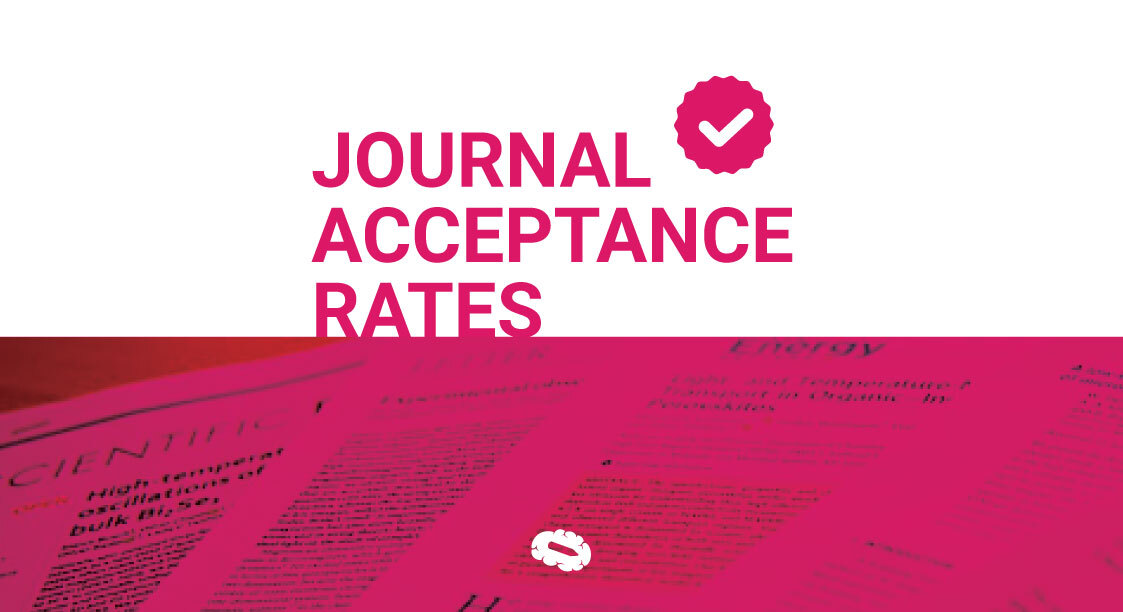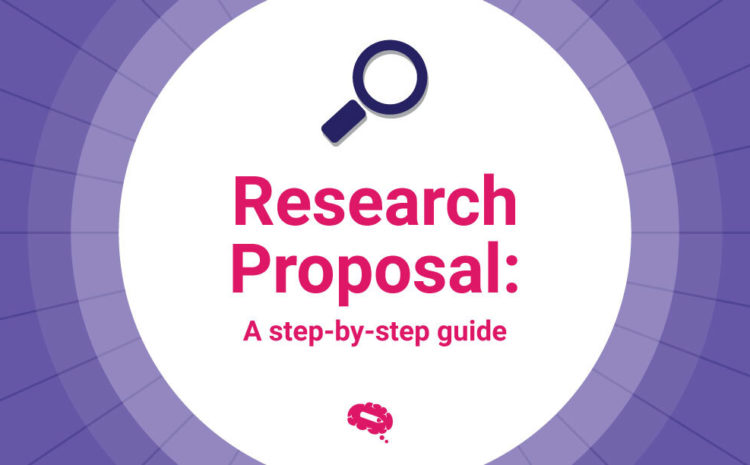Academic and scientific publication is an important part of academic discourse, and submitting an article to a journal is an important step in that process.
However, submitting a manuscript to a journal may be a complicated and difficult procedure, especially for individuals who are new to academic publication. The prerequisites for journal submissions might vary greatly based on the publisher, the journal, and the topic of research.
Furthermore, the peer-review process can be severe, and it may take several rounds of modifications before an article is accepted for publication.
In this article, Mind The Graph will present a step-by-step guide to help researchers through the journal submission process, covering everything from selecting the right journal to crafting a captivating cover letter, as well as strategies for improving success.
What is a journal submission?
The process of submitting an academic or scientific manuscript for publication in a scholarly journal is referred to as journal submission. Journal submissions are an important part of the academic publication process since they allow researchers to communicate their research findings and increase knowledge in their area.
The journal submission process entails preparing the paper in accordance with the journal’s submission guidelines, which include formatting and citation standards. The manuscript is then submitted to the journal for review by a team of experts in the field through a rigorous peer-review process.
The peer-review process comprises assessing the research’s quality, originality, and significance to the area, and providing feedback to researchers to help them enhance their work. If the article is approved for publication, the researchers may be required to make changes, and the text is usually copyedited and typeset before publishing.
Benefits of journal submission
Researchers can obtain different benefits from submitting an article to a journal, including:
- Research dissemination: Journal submission enables the researchers to communicate their research findings with a larger audience, improving the exposure and influence of their work.
- Validation of research: The peer-review process included in journal submission aids in achieving the highest standards and reliability of the study, which can help establish the research’s and the researchers’ reputation.
- Contribution to knowledge: Researchers that publish in journals add to the collection of knowledge in their area, which can lead to more research and improvements.
- Professional growth: Researchers’ professional reputations improve when they publish in prestigious journals, which can be a consideration in academic promotions, tenure decisions, and employment applications.
- Access to financing: Researchers may be able to acquire funding for future research by publishing in journals, which proves their capability to conduct high-quality research that would be of interest to the scientific community.
Steps for submitting a research to a journal
For various reasons, having a game plan for submitting a manuscript to a publication is essential.
First and foremost, a well-executed submission strategy can improve the article’s chances of approval. Researchers can improve their chances of success by carefully picking the proper journal and following the submission rules. A clear plan may also assist authors in properly managing their time, ensuring that they fulfill deadlines and have ample time for changes, if necessary. It also assists researchers in avoiding frequent errors, such as submitting to the wrong publication or failing to satisfy submission requirements.
To make your procedure easier and more likely to succeed, Mind The Graph developed this step-by-step guide:
Step 1 – The right journal
Choose the best journal for your research. Assess the scope, readership, and publication guidelines of the journal. If possible, seek to discover the acceptance rate and impact factor of your targeted journal to determine if it is viable and the best alternative for you. Read “A guide to journal acceptance rates” and “Research Journal Impact factor: A Complete Guide and Benchmarking” to learn more.
Step 2 – The manuscript
Prepare the manuscript in accordance with the journal’s publication guidelines. Confirm that it satisfies the appropriate length, style, and citation format. Read “A Guide on How to Write a Manuscript for a Research Paper” to ensure you have your manuscript ready for submission.
Step 3 – The cover letter
Create an enticing cover letter that emphasizes the importance of your research, explains why the manuscript is fit for publication, and discloses any potential conflicts of interest.
Step 4 – The submission
Depending on the journal’s guidelines, submit the manuscript either through the online application system or by email. Ensure that you double-check that your manuscript fulfills the guidelines, that it is correctly written, and that you include all relevant documentation with your submission.
Step 5 – The peer-review
The manuscript will be exposed to a thorough peer-review process. The eligibility of the submission for publishing will be determined by the journal’s editors, and the quality and validity of the research will be assessed by professional reviewers. The reviewers may provide suggestions for improvements or reject the submission altogether. Read “What is a peer-reviewed article and where can we find it?” to understand more.
Step 6 – The revision
If the manuscript is required to be revised, make the modifications indicated by the reviewers and resubmit it. This process can be repeated as many times as necessary until the work is accepted for publication.
Step 7 – The acceptance
If your manuscript is approved for publication, the journal will send you an acceptance letter. Reply quickly to any further journal requirements, such as corrections, proofreading, or formatting adjustments. Check out “Editing and Proofreading: Importance, Differences, and Tips” for more insights.
Step 8 – The publication
Once the manuscript has been finished, it will be published in print or online, depending on the format of the journal.
Submission system in major journals
| Journal Name | Submission System | Manuscript Guidelines | Peer Review Process | Publication Timeline |
|---|---|---|---|---|
| Nature | Nature Online Manuscript Submission | Detailed guidelines for formatting and structuring the manuscript | Nature employs a single-blind peer-review method, but it also provides a “double-blind” peer-review process for authors who believe it is suitable for their paper | 4-6 months |
| Science | Science Content Tracking System | Detailed guidelines for formatting and structuring the manuscript | Science does not stipulate whether a peer-review procedure will be single-blind or double-blind | 3-6 months |
| The New England Journal of Medicine | NEJM Online Submission | Detailed guidelines for formatting and structuring the manuscript | Single-blind peer-review process | 4-6 months |
| Cell | Editorial Manager System | Detailed guidelines for formatting and structuring the manuscript | Double-blind peer-review process | 2-3 months |
| The Lancet | Editorial Manager System | Detailed guidelines for formatting and structuring the manuscript | Single-blind peer-review process | 2-3 months |
Over 70,000 accurate scientific figures to boost your impact
Did you know that many journals, particularly for research papers, demand researchers to include figures in their submissions? Figures may be a great tool for improving the impact of your research paper and increasing your chances of publication, but only if they are utilized correctly and efficiently. Try Mind The Graph to see how simple and effective it is to add figures to your work.


Subscribe to our newsletter
Exclusive high quality content about effective visual
communication in science.





